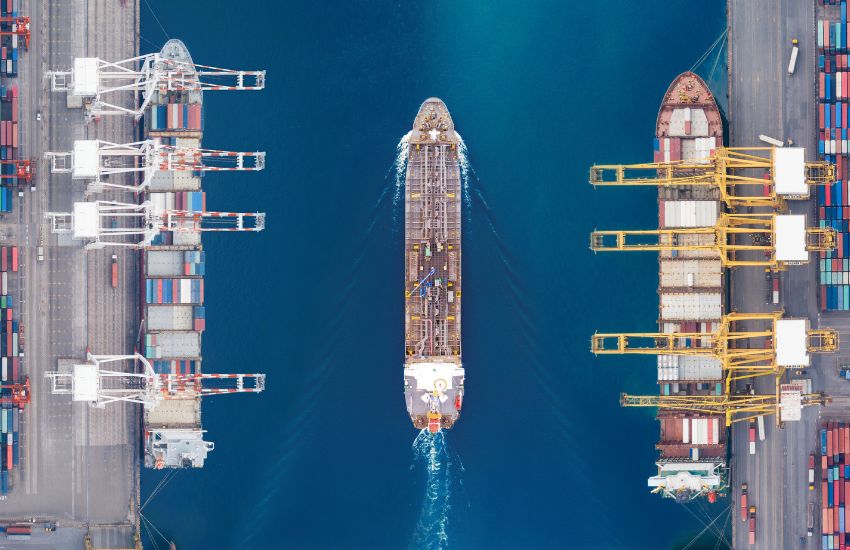Supply Chain Design: Your Keys To Success
The interface facility location decision is a critical part of strategic logistics planning and successful supply chain design. This is part 2 of our article “Transport And Hub Selection For Liquid Bulk Cargoes”.
This article is written by Rudi Stalmans and featured in the 2020 autumn edition of Tank News International. The title of the article in the Magazine is “Transport And Hub Selection For Liquid Bulk Cargoes”.
The location of facilities such as warehouses, container depots, or tank terminals is the main factor in the success of a supply chain. While you could use a storage hub for various reasons, selecting one is more challenging. We need to consider the overall cost to supply goods from origin to end-users via a distribution hub, the accessibility of the storage hub, hinterland connectivity, lead times, as well as the availability of transport options for both domestic and international deliveries. The quality of the infrastructure, environment, and weather conditions are other important factors to review. Regulations, ease of formalities, and tax regimes will also have an impact on your supply chain.
Supply chain design and management
Supply chain management is often taken for granted. Regardless of industry, the supply chain is the backbone of any company. Organizations need greater visibility over their supply chains than ever before, to find areas for improvement, achieve greater efficiency, reduce the chances of disruption, and stay competitive. As international trade becomes more efficient, and companies continue to grow their networks, the need to maintain a detailed understanding of the supply chain becomes more significant. For their supply chain, businesses need to choose service providers, select transport modes, sort out storage solutions, and achieve the service level they want to offer customers. Companies should make accurate cost calculations for different solutions and make correct comparisons by taking into account all variables that can impact the supply chain.
What if scenario analysis
I also always recommend looking at ‘what-if’ scenarios. What-if scenario analysis is a business planning and modeling technique used to yield various projections for some outcome based on selectively changing inputs. A business can use what-if scenario analysis to see how a given outcome, such as supply chain costs, might be affected by changes in particular variables, such as the impact of a parcel tanker demurrage claim, for example. Alternate calculations with various inputs enable a more informed prediction about potential outcomes and allow a company to plan how to handle the different scenarios quickly and effectively or select the best solution.
Building and improving your supply chain
Organizations need greater visibility over their supply chains than ever before to find areas for improvement, achieve greater efficiency, reduce the chances of disruption, and stay competitive.
Supply chain managers should focus on the supply chain as early as possible and implement processes to develop supply chain resilience.
Business managers should focus on the overall picture and consider the many variables that can make or break a deal.
Photo Credit: Canva

